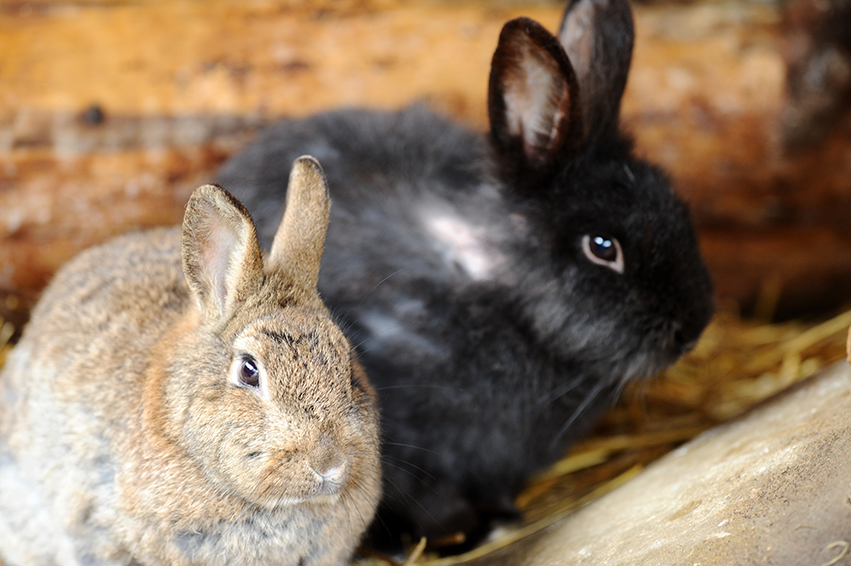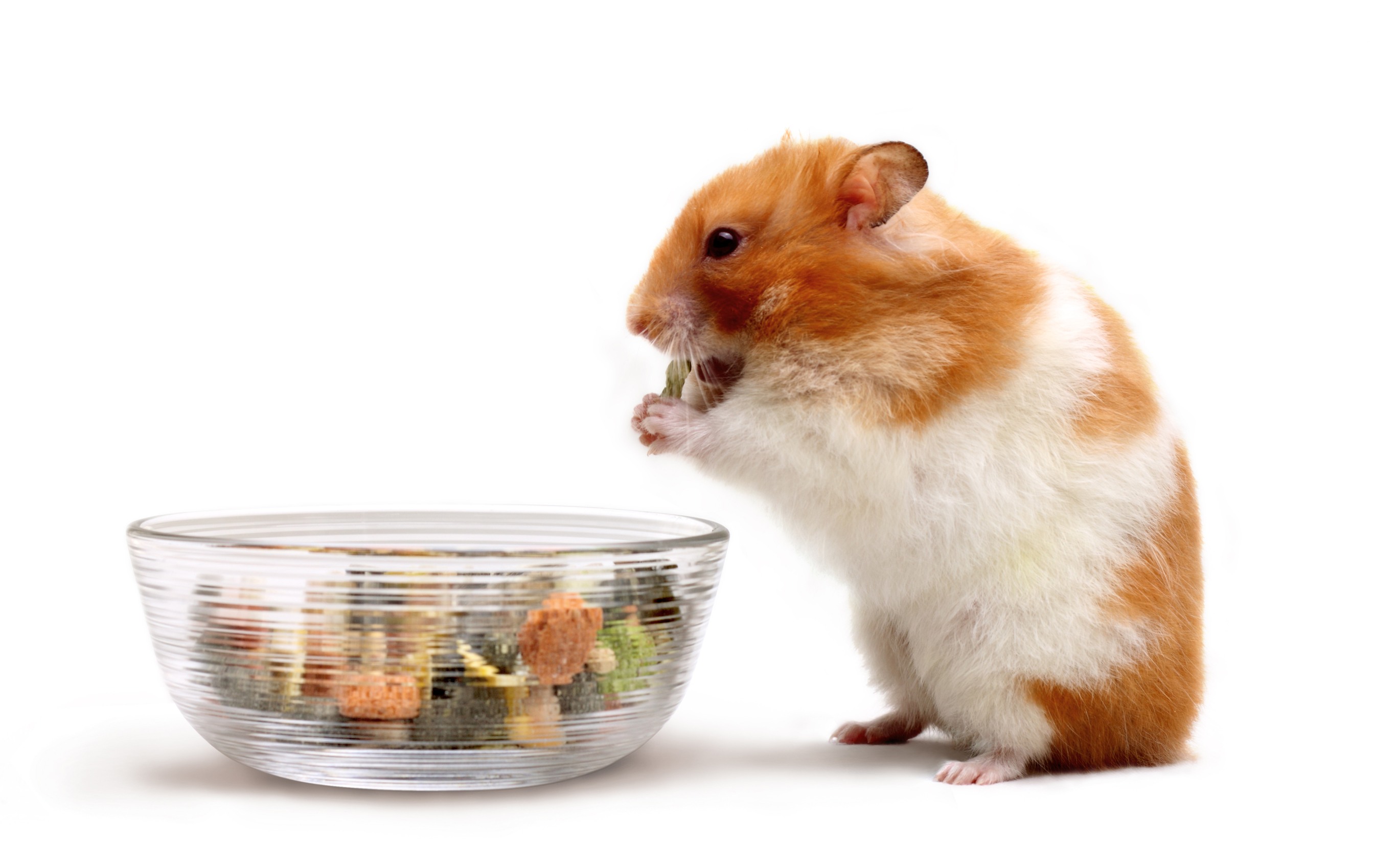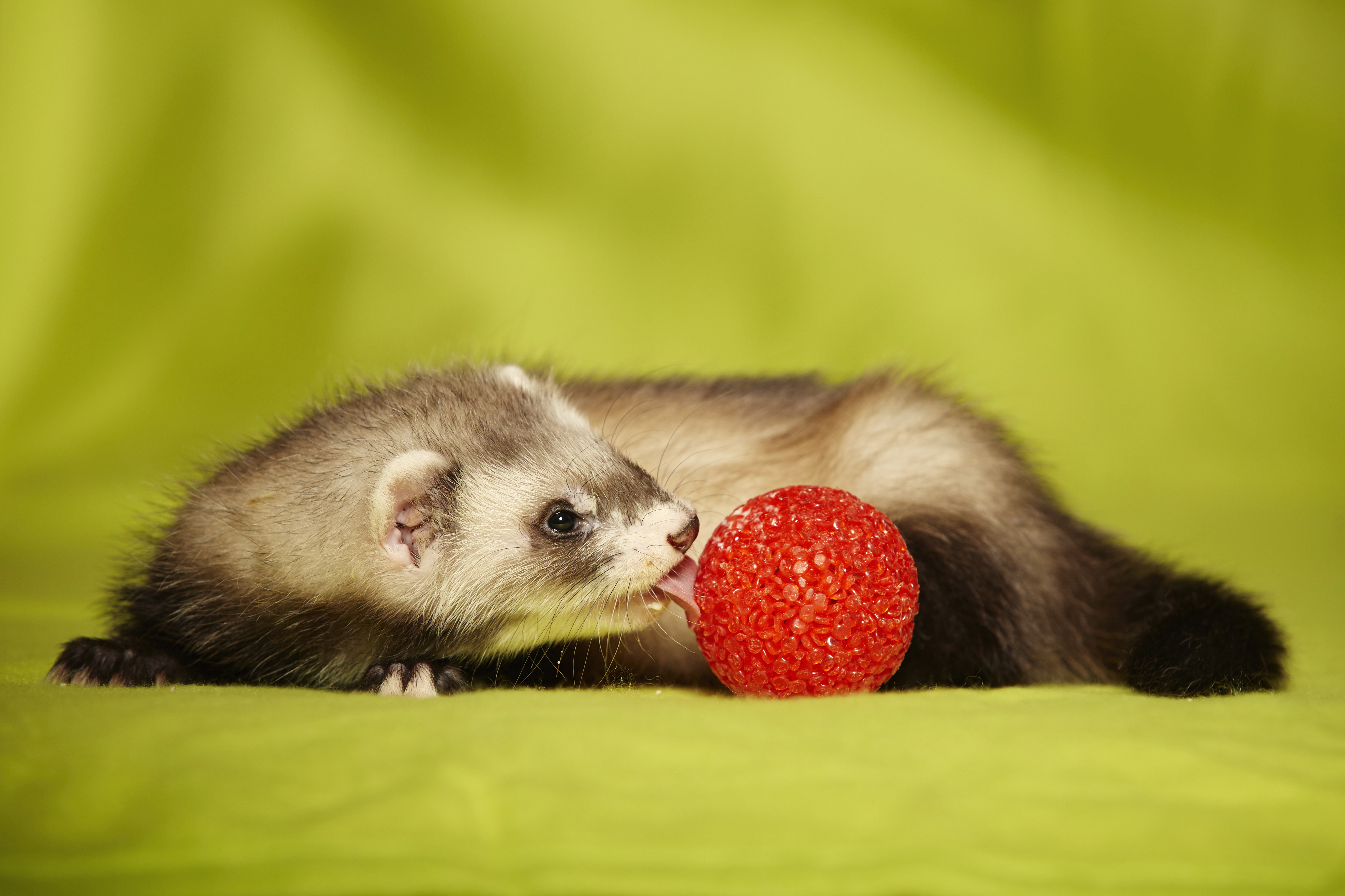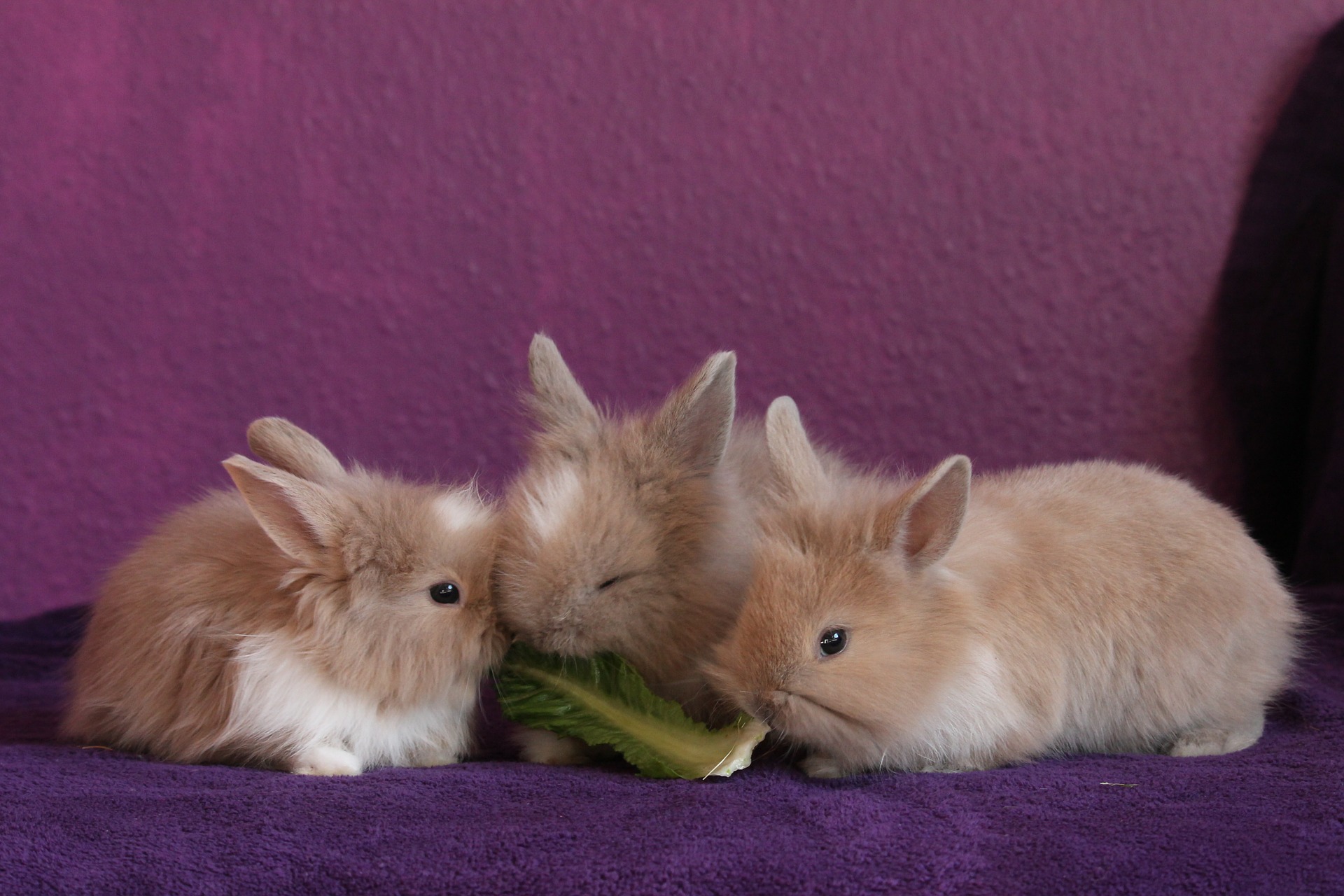The Tooth of the Matter
Erik J. Martin //March 1, 2016//
 Annually celebrated as National Pet Dental Health Month, February may have come and gone. But calendar matters aside, it’s never too late to emphasize oral health to mini mammal owners. After all, teeth and gum health are constant concerns for all small pets, particularly those with incisors that grow incessantly like chinchillas, guinea pigs and rabbits.
Annually celebrated as National Pet Dental Health Month, February may have come and gone. But calendar matters aside, it’s never too late to emphasize oral health to mini mammal owners. After all, teeth and gum health are constant concerns for all small pets, particularly those with incisors that grow incessantly like chinchillas, guinea pigs and rabbits.
Fortunately, an ample array of merchandise is available today that fills this niche and focuses on safeguarding those little pearly whites.
Naturally Healthy Teeth
Oxbow Animal Health’s communications manager, Lucas Stock, is based in Murdock, Nebraska. He said natural and healthy products are a higher priority on the menu today.
“The chew and dental product segment of the market has grown considerably in recent years and consequently, some retailers are now able to dedicate more real estate to these items, making them more visible and often easier to sell,” Stock said. “This growth has been driven in large part by a yearning among pet parents to provide the best quality of life possible for their pets. In particular, we’ve seen a growing demand for chews that provide not only enrichment but high quality nutrition and potential health benefits.”
Kathleen Kintz, digital marketing specialist with Plano, Texas-based NPIC, agrees that this niche is increasingly stressing “natural”—as in less processing, more organic ingredients and products geared toward small animals’ natural inclinations to chew.
“The newest chew products for ferrets, for example, combine the need to chew with other activities, such as digging or finding treats,” Kintz said. “The focus is more on what is good for your pet than ever before. Natural products that cater to their instincts can solve many of the problems that owners have.”
Indeed, pet teeth and gums are getting more attention among small pet owners in no small part because of consumer awareness about dental health in the dog and cat product categories.
“Manufacturers are merchandising these items with specific dental claims,” said Angie Schmitt, brand manager for Kaytee in Chilton, Wisconsin.
Products that contain fortified pieces designed to be more abrasive in order to mechanically wear down teeth and contain ingredients known to address tartar and bacteria are starting to gain traction in the market, too.
Case in point: Kaytee offers its Froti Diet Pro Health small animal food now enhanced with fortified pieces designed to promote dental health, as well as a wide assortment of fun chews and chew accessories for added enrichment and dental support. NPIC’s natural N-Bone Ferret Chew Treats (in chicken, bacon or salmon flavor) help remove plaque and tartar buildup while the animal chomps away.
Mouth Merriment
Chew and dental products that provide extra benefits beyond being good for the mouth can also be strong sellers.
“Value-added products like 100 percent woven hay chews and toys are oftentimes an easier sell,” Stock said, citing Oxbow’s Timothy Tunnel as an example. “In addition to encouraging play and mental enrichment, these items are fully edible and promote the consumption of hay—the ideal material for providing adequate dental wear and high-fiber nutrition.”
Chews fashioned in fun and colorful shapes are also prevalent in the market. Eye-catching examples include Ware’s Tea Time heart-shaped chew made of tea leaves, twigs and twine; Super Pet’s Play ‘n Chew Cubby Nest, which serves as a hideout, toy and chew in one; A&E Cage Company’s Corn Dogs toy, made from corn cob, loofah, sisal and coconut husk; Kaytee’s Combo Toy Crispy & Wood Hamburger loofah chew; Marshall Pet Products’ Bunny Chew Ring, consisting of natural woven grass; Super Pet’s Crispy Surprises, available in Veggie n’ Fun carrot shape or Fruit n’ Fun apple slice shape; and Kaytee’s Chew ‘n Cube natural wood toy, resembling a checker-colored, hollowed-out Rubik’s Cube.
Merchandising Tips to Chew On
Using in-store signage that conveys the importance of oral health and creating end caps festooned with foods, treats, hay, chews and toys that promote dental vitality can be a smart way to draw attention to the topic for customers and make it convenient for them to locate these products in one handy spot.
“This is really about education—making sure that retail associates and customers are both informed and understand the need for dental care with small animals,” Schmitt said.
That means also providing helpful dental health advice to patrons beyond product recommendations. For example, remind customers not to allow their small animals to chew on inappropriate objects like the metal bars of their cage, which can damage or break their teeth.
As is the case with most items, location is key when it comes to promoting and selling chew and dental products. Thankfully, these are typically small packages that can easily be positioned to stand out in the aisles.
“Clip strips are one great option to draw attention to chews and make them easily accessible,” Stock said. “Many of these items hang easily from peg boards.”
Additionally, to better merchandise your chew-worthy wares, don’t let them gather dust; take them out of the box and place them into the cages more often, Kintz suggested.
“Putting some interesting and fun toys in with your livestock can liven up both the display and the animals’ lives until they are adopted into a loving home,” she added.



















